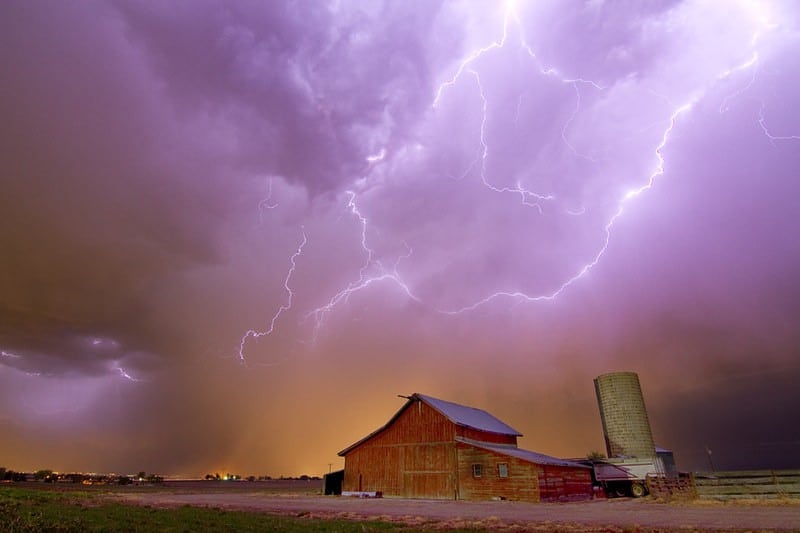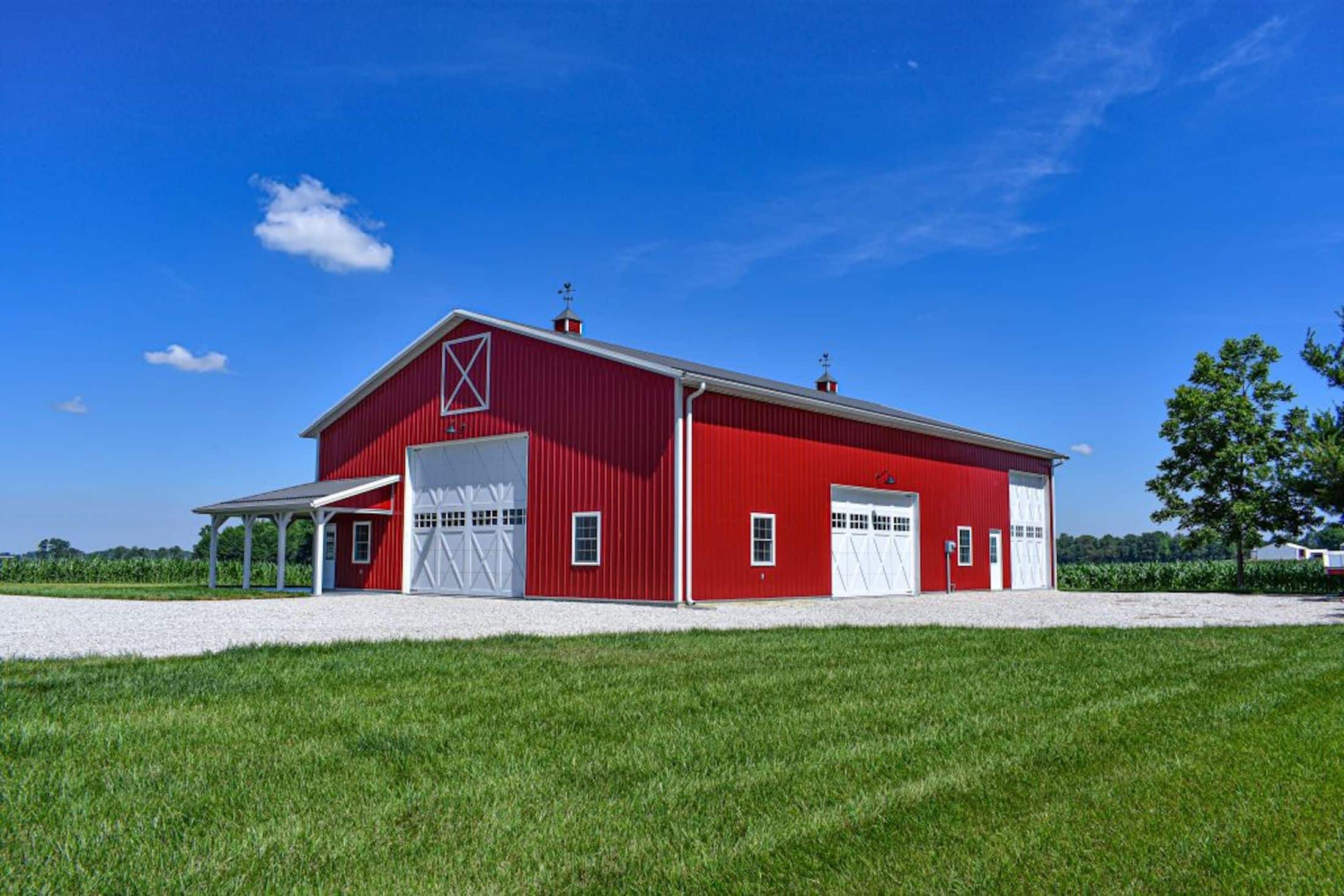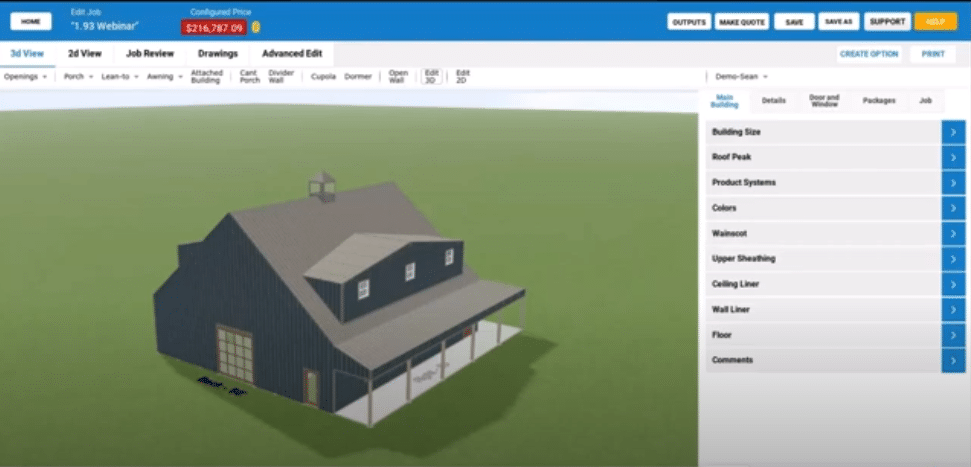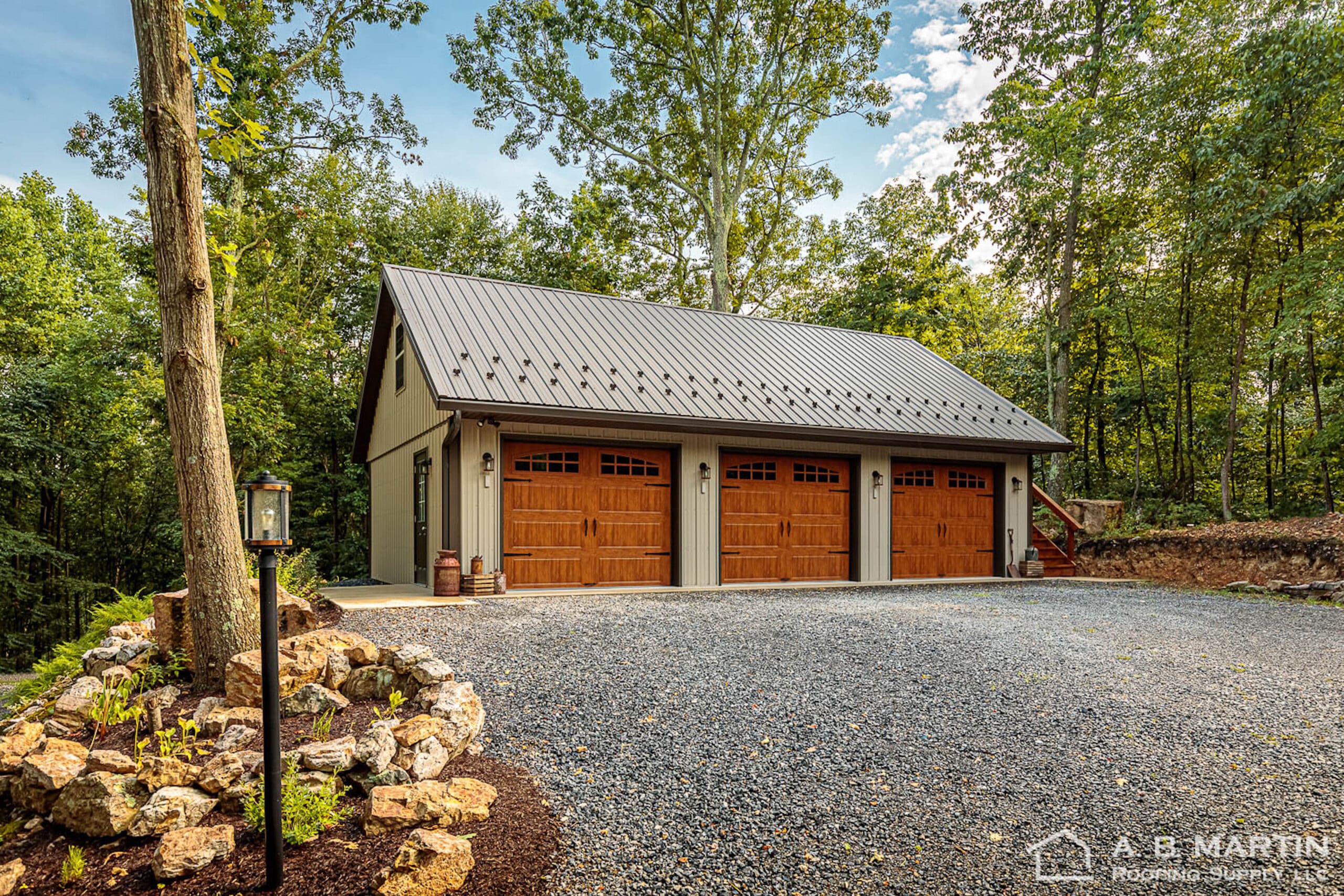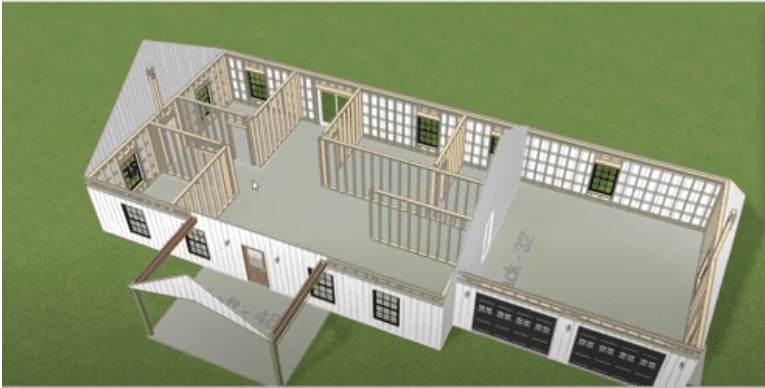Pole barns continue to rise in popularity due to their versatility and relatively low cost of construction. While many opt to use their pole barns for traditional purposes, such as storage or garages, others have found value in adapting them to be suitable for everything from primary residences and guest houses to yoga studios or detached home offices.
With such a wide range of uses, it’s important to keep the environment in mind when constructing your pole barn. We’ve outlined a few considerations.
Seal Gaps and Cracks
As is the case with any house, it’s essential that gaps and cracks are properly sealed in your pole barn.
Gaps and cracks can let in water and wind and leave your pole barn open to damage from the elements. Water damage is usually the biggest concern, but excessive amounts of dirt and debris can also provide nesting materials for mice and other household pests. Your energy consumption might also increase if you’re frequently cleaning.
Additionally, even the smallest crack can allow insects like termites and ants to enter your pole barn and potentially thrive in the walls and beneath the floors.
In order to avoid weather damage and pest infestations, use caulk or sealant to fill cracks and gaps around doors, windows, and vents, you can also use galvanized steel wool or mesh to fill holes around pipes and anti-pest sweeps on any exterior doors to keep insects from getting through.
Add Insulation
Insulation provides another barrier of protection for your pole barn. Not only does insulation protect the interior of your pole barn from the weather, but it also helps regulate the temperature inside, lowering your energy costs.
Insulation is also effective at controlling and preventing moisture build-up, a problem that can lead to mold and mildew development.
There are various insulation options available, and it’s important to select the right one to fit your needs. Fiberglass and rigid foam boards are two options, but spray foam is the most popular choice due to its ability to expand and fill in the spaces between walls.
Ensure Proper Ventilation
Ventilation often goes hand-in-hand with insulation because of its utility in preventing moisture buildup inside your pole barn. This is especially vital in hot and humid climates where mold and mildew are quicker to grow.
Ventilation is also a key factor in maintaining good indoor air quality. Whether you’ll be using your pole barn as a permanent home or a workshop, maintaining good air circulation is vital for both the health of your barn and you.
Work with your builder to ensure that vents are properly placed on roofs and walls to allow for air circulation. Adding vents to the peaks of roofs and beneath overhangs is a good place to start.
Make Your Roof a Priority
Finally, the type of roof you choose can have a significant impact on how well your pole barn will stand up to weather events and the environment in general.
For instance, metal is environmentally friendly and durable under harsh weather conditions. It offers a wide range of customization options, but if you live in an area with frequent, heavy rains, you may not appreciate the noise during a storm.
Shingles and asphalt are other popular options that come with their own list of advantages and drawbacks.
Ask your builder about your options to determine which material is right for you.
And, whatever type of roof you choose, ensure that you include a vapor barrier for optimum weatherproofing protection.
Work with SmartBuild Systems to Plan and Construct Your Polebarn
SmartBuild Systems offers the industry’s only complete design system for post frame and metal buildings, including pole barns. With capabilities that allow you to design and interact with a 3D model fully, SmartBuild Systems provides you with everything you need to get started on your pole barn construction project.
Get in touch with us today to learn more.

